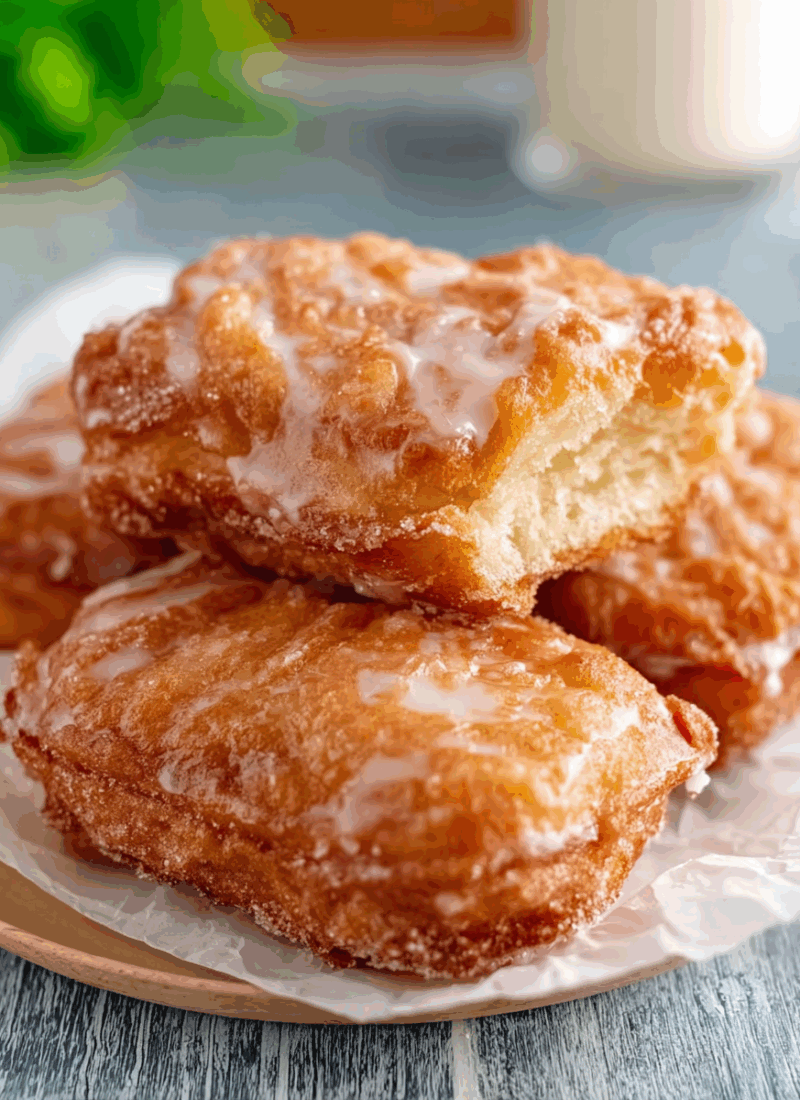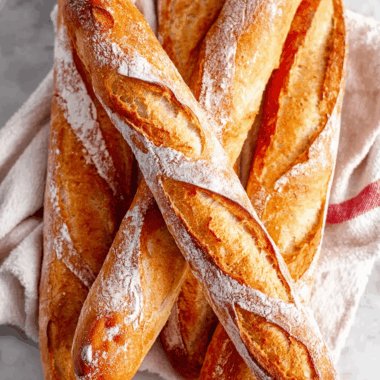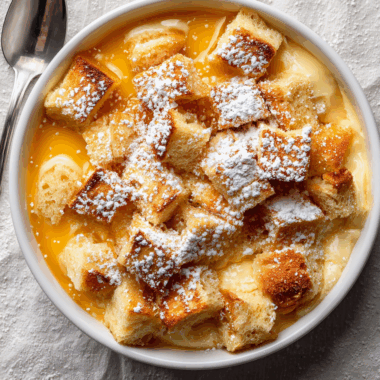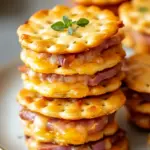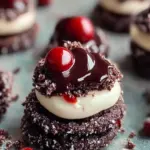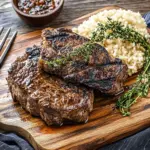Why Buttermilk is Essential for the Perfect Doughnut
Buttermilk plays a crucial role in the texture and flavor of these doughnuts. The acidity in buttermilk reacts with the baking soda and baking powder, helping the dough rise and creating a light, airy texture inside. This reaction also imparts a slight tang that enhances the overall flavor profile of the doughnut, balancing the sweetness and richness from the other ingredients.
Buttermilk’s creamy texture also contributes to the soft and tender crumb that makes these doughnuts so irresistible. It helps create a dough that is just the right consistency—neither too wet nor too dry—allowing it to hold its shape during frying while maintaining a delicate texture. Using room temperature buttermilk ensures that the dough comes together smoothly, preventing any cold lumps in the batter that might affect the final doughnut texture.
The Importance of Chilling the Dough
One of the key steps in making perfect buttermilk bar doughnuts is chilling the dough. After mixing the ingredients together, the dough is placed in the refrigerator for 30-60 minutes. This step is essential for several reasons:
-
Firming up the dough: Chilling the dough makes it easier to handle, as it firms up and becomes less sticky. This allows you to roll out the dough on a floured surface without it sticking excessively to your hands or the rolling pin.
-
Improving texture: Chilled dough ensures a more uniform texture in the finished doughnuts. As the dough rests, the gluten in the flour relaxes, making the dough less elastic and easier to shape. This helps achieve that tender, cake-like interior once the doughnuts are fried.
-
Preventing over-expansion: The cold dough reduces the risk of the dough expanding too much during frying. If the dough is too soft, it might puff up too quickly and lose its structure. Chilled dough keeps the doughnuts more compact and maintains their shape, resulting in doughnuts that have a crispy exterior and a soft interior.
Shaping the Doughnuts
The shaping process for buttermilk bar doughnuts is one of the simplest yet most important steps. These doughnuts are made into bar shapes, giving them a distinctive appearance and making them easier to handle compared to traditional round doughnuts. Once the dough has been chilled, it is rolled out to about 1/2 inch thick and cut into bars that are 3 1/2 inches wide and 1 1/2 inches tall.
Before frying, the tops of the doughnuts are lightly scored with a bench scraper. This technique adds a touch of decoration and helps the doughnuts maintain their shape during frying. The scoring also allows the glaze to adhere more evenly to the surface of the doughnut, ensuring that each bite is coated with a perfect layer of vanilla bean sweetness.
Frying the Doughnuts to Perfection
Frying is where the magic happens, and getting the temperature just right is key to achieving the perfect texture. The doughnuts need to be fried in hot shortening (at 350°F) to ensure they cook through and develop that golden, crispy exterior. If the oil is too cold, the doughnuts will absorb too much oil and become greasy. If the oil is too hot, the doughnuts will brown too quickly on the outside while remaining raw in the center.
It’s important to fry the doughnuts in small batches, as overcrowding the pot can lower the oil temperature and result in uneven cooking. Frying each batch for 2-4 minutes will give you the perfect doughnuts—crispy on the outside and soft on the inside. Don’t forget to carefully turn the doughnuts after 1-2 minutes of frying to ensure they brown evenly on both sides.
Creating the Vanilla Bean Glaze
The vanilla bean glaze is what elevates these doughnuts to a whole new level of deliciousness. This simple glaze is made by combining sifted confectioners’ sugar, vanilla bean paste (or vanilla extract), and warm water. The vanilla bean paste adds a rich, aromatic flavor that is characteristic of high-quality vanilla, and it imparts those tiny specks of vanilla beans throughout the glaze, enhancing both the taste and visual appeal.
Once the doughnuts are slightly cooled, they are dunked into the glaze, ensuring an even coating of the sweet, aromatic mixture. Let the glaze set for 3-5 minutes before serving, allowing it to firm up slightly so that the glaze doesn’t drip off. The result is a doughnut that is perfectly balanced—crispy on the outside, soft and tender on the inside, and enveloped in a sweet, fragrant vanilla glaze.
Tips for Perfect Buttermilk Bar Doughnuts
Achieving the perfect buttermilk bar doughnuts requires a bit of practice and attention to detail. Here are some tips to ensure your doughnuts turn out perfectly every time:
-
Use cake flour: Cake flour is essential for the light and tender texture of these doughnuts. It has a lower protein content than all-purpose flour, which helps create a soft, cake-like crumb.
-
Don’t skip the chilling step: Chilling the dough is crucial for handling the dough and achieving the right texture. Don’t rush this step, as it will ensure your doughnuts have the right consistency for frying.
-
Maintain proper oil temperature: Keeping the oil at 350°F is essential for frying the doughnuts to perfection. Use a thermometer to monitor the temperature and adjust the heat as necessary to avoid frying the doughnuts at the wrong temperature.
-
Fry in small batches: Frying the doughnuts in small batches ensures that the oil temperature remains consistent, resulting in evenly fried doughnuts with a crisp exterior.
-
Allow the glaze to set: After glazing the doughnuts, let them rest for a few minutes to allow the glaze to set. This will prevent the glaze from dripping off and ensure each doughnut is evenly coated.
Serving Suggestions and Variations
Buttermilk bar doughnuts are perfect on their own, but they can also be paired with a variety of accompaniments for added flavor. Serve them alongside a hot cup of coffee or tea for a delicious breakfast or afternoon treat. If you want to add a little extra sweetness, dust the doughnuts with powdered sugar or add a sprinkling of cinnamon for a warm, spiced flavor.
For a fun variation, you can experiment with different flavorings in the glaze, such as adding a touch of almond extract or citrus zest for a unique twist. You can also top the doughnuts with crushed nuts, sprinkles, or even a drizzle of chocolate for an added layer of indulgence.
Conclusion
Buttermilk Bar Doughnuts are the perfect treat for anyone who loves the nostalgic taste of classic cake doughnuts but wants something a little different. With their crispy exterior, tender interior, and vanilla bean glaze, these doughnuts strike the perfect balance of flavors and textures. By following the tips in this recipe, you can easily recreate this bakery favorite at home, satisfying your doughnut cravings with a batch of irresistible buttermilk bars. Whether you enjoy them on their own or as part of a larger breakfast spread, these doughnuts are sure to be a hit with friends and family alike.

